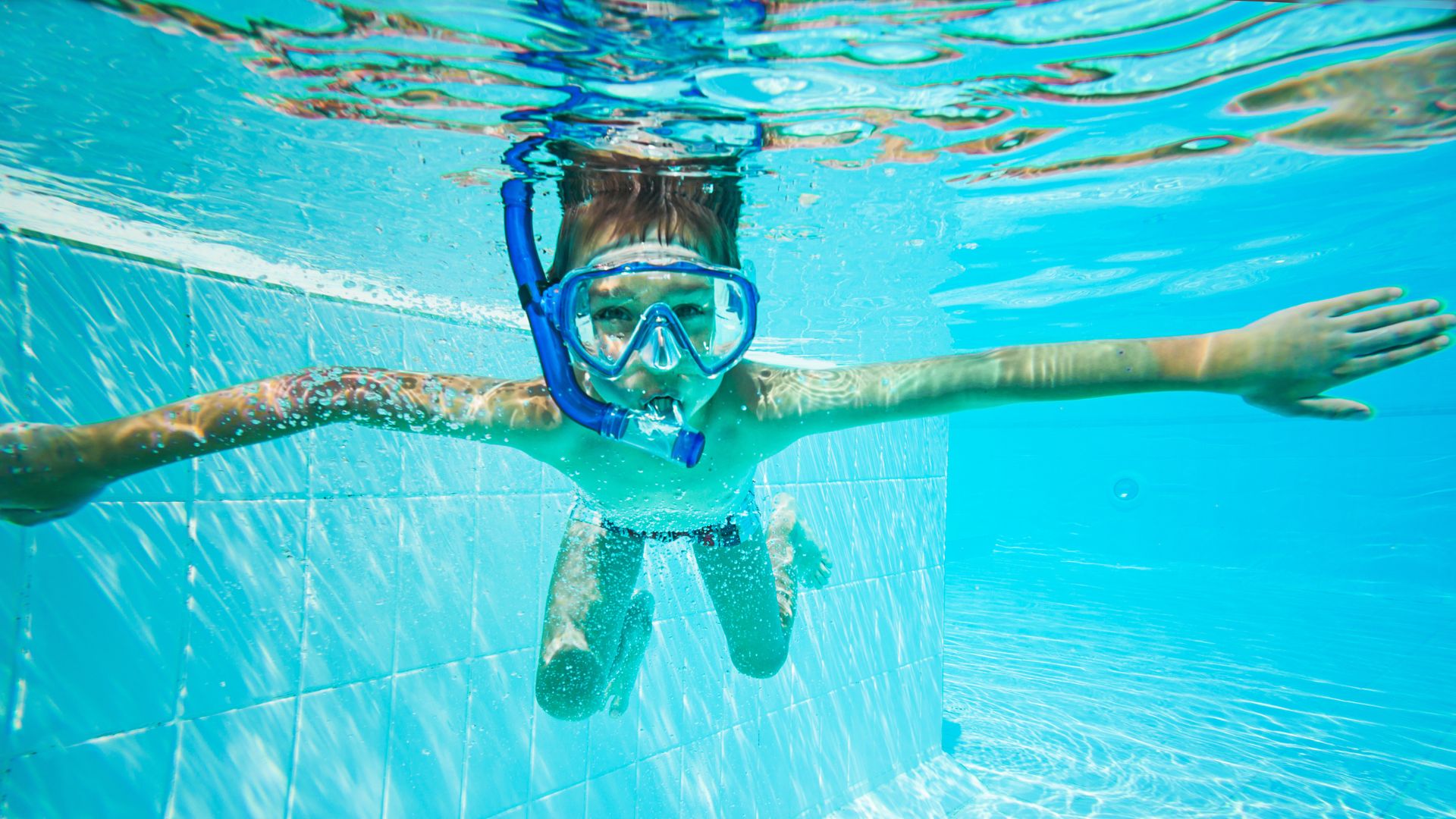We often think of swimming pools as a big bath full of disgusting bacteria and viruses. However, swimming in white water is even more risky. This is explained by a microbiologist in The Conversation.
Wild bathing has grown considerably in recent years. Not only is outdoor swimming a pleasant way to enjoy the sun, fresh air and green surroundings as the heat returns, but it can also help relieve stress and increase our endorphins, hormones linked to the feeling of pleasure.
This helps to create a feeling of well-being, while burning a few calories by working our muscles.
But the joys of outdoor swimming come with certain dangers… Not only are “wild” swimmers more exposed to tides, currents and swells, but there can also be insects and other harmful microbes in the water. And with untreated sewage regularly pouring into the country’s seas, rivers and lakes, it can be difficult to find a safe place to splash around.
Of course, swimming in a pool has its own set of risks – usually well identified: urinary tract infections, ear infections and other stomach ailments (gastro, etc.) are the most common illnesses that can be experienced there. catch. Poorly maintained pools can also cause irritation, stinging eyes and harbor all sorts of bacteria and fungal germs – as well as urine, feces or even sweat (all of human origin) …
In many ways, therefore, swimming pools are reminiscent of a large bath filled with unsavory intruders.
But if it is obvious that swimming in outdoor waters involves different risks than swimming in a swimming pool, the question of knowing where it is safest to swim does not necessarily seem obvious… So, what to privilege: swimming pools , or rivers, lakes, canals and seas? These are the facts.
In wild waters, human excreta and sewage
Unlike pools whose waters are carefully controlled, outdoor waters constantly change composition. This means that chemicals can seep into it from neighboring farms or industrial areas… But wild waters can also “host” animal droppings as well as human sewage – which may or may not be dumped there legally. (if you see pipes nearby, trust your common sense: do not go there).
Vigilance is therefore required, because there are not always signs indicating local dangers… and the presence of toxic agents is not necessarily obvious. If in doubt about the chemical safety of outdoor waters, it is best not to enter them. If the water doesn’t look clear or smell good, for example, again trust your instincts.
Outdoor waters also present natural risks compared to swimming pools, especially in summer. Blue-green algae (or cyanobacteria) are a type of bacteria found naturally in lake ecosystems. During hot summers, they tend to multiply and form a greenish scum on the surface of lakes. This blue-green algae bloom can release toxins that are harmful to humans and sometimes deadly to pets, so don’t let your dog swim or drink from it.
Swimming or swallowing water where such algae have grown and released toxin molecules can lead to skin rashes, eye irritation, severe gastrointestinal upset, fever, and muscle and joint pain.
Bacteria and viruses hidden in open waters
Diarrhea is the most common illness linked to swimming in open water, often due to its contamination by sewage. You get sick if you swallow contaminated water containing bacteria and viruses such as, respectively, E.coli and Norovirus.
Rats living in sewers adjacent to rivers or freshwater canals can also carry the pathogenic bacteria in their urine. Leptospira, responsible for Leptospirosis (Weil’s disease). Infection occurs when soil or water from a lake, river or canal containing urine of infected animals is swallowed, comes into contact with the eyes of a swimmer or with a cut.
Leptospirosis can cause liver and kidney damage, and can be fatal if left untreated. If you have flu or jaundice symptoms for up to two weeks after swimming in a river or canal, it may be a good idea to ask your doctor to test you for leptospirosis.
As for the sea, a 2018 study found that bathers were more likely to suffer from ear, nose, throat and gastrointestinal infections than people who stayed on the beach. It is therefore advisable to wash after swimming in outdoor waters, especially before eating…
The swimming pool is the safest environment
If we take into account, even if it is possible that people relieve themselves in a swimming pool, in particular public ones, these basins, very followed, will almost always be a safer environment for swimming… Especially if we take into account in addition to things like jellyfish stings and the added risks of swimming in cold water.
Wild swimmers are more likely to feel bad when swimming in outside water (temperature difference…) and there will always be pathogenic microbes potentially present.
Swimming pool water, with adequate levels of chlorine disinfection and pH, is much less likely to contain infectious microorganisms and therefore represents a safer environment for recreational swimming. Injuries and drownings are also much less common in pools where trained lifeguards and safety equipment are present.
Considering these different parameters, it is possible that an outdoor pool actually offers the best of both worlds: swimming with the sun on your back in a controlled and safe sanitary environment…

Primrose Freestone, Senior Lecturer in Clinical Microbiology, University of Leicester
This article is republished from The Conversation under a Creative Commons license. Read the original article.
Do you want to know everything about the mobility of tomorrow, from electric cars to pedelecs? Subscribe now to our Watt Else newsletter!
